Apple variety Imrus
Imrus is a winter apple variety obtained in 1977 at the All-Russian Research Institute for Breeding Fruit Crops by crossing two varieties - Antonovka ordinary with a hybrid form of the winter ripening period OR18T13. The authors of the variety are E.N. Sedov, V.V. Zhdanov, Z.M. Serova, Yu.I. Khabarov. In 1988, the seedling was allocated to the elite. The apple tree was accepted for the State test in 1989. In 1996, Imrus was included in the State Register of varieties approved for use in production in the Central and Central Black Earth regions of Russia. Also, the apple tree was zoned in 6 regions of Belarus. Thanks to the embedded Vf gene, Imrus is completely immune to scab. The variety is suitable for growing in intensive gardens.
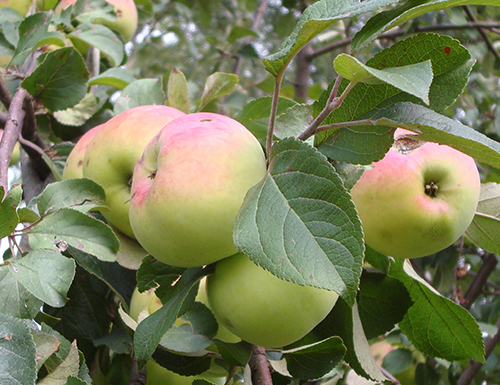
The trees grow to medium size. The crown has an average density and wide-rounded (less often - spreading) shape. When leaving the trunk, the main branches form an acute angle with it. In shape, the skeletal branches are rather strongly curved, on the trunk they are located at a considerable distance from each other, the ends are directed upward. The bark on the trunk and main branches is characterized by strong peeling, in the lower part of the trunk and in the areas of the shoots close to the trunk, it often looks like a husk. The color of the bark and branches is exactly the same - brownish, with a greenish tint. The variety is characterized by fruiting of a mixed type (ringlets, spears, fruit twigs), but mainly apple trees bear fruit on simple and complex ringlets.
Apple trees bloom in the mid-early period. The pollen has an average level of viability (from 28 to 52%). As a result of free pollination, from 6 to 17% of the fruits are tied. The best pollinators for the Imrus apple tree have not yet been precisely determined, work on their study continues.
Shoots are brownish-brown in color, geniculate, fleecy, medium in thickness, faceted in cross section. Lentils are rather small, often found. Buds are small, fleecy, pressed to the shoots, conical in shape. The leaves are green in color, oblong-ovoid, with long-pointed, helically twisted ends, wavy along the edges, with small-crested serration. The surface of the leaf blade is wrinkled, glossy, with slight venation. Petioles are medium in length and thickness, fleecy, bright anthocyanin color, passing to the central vein. Stipules may not be at all or they are small.
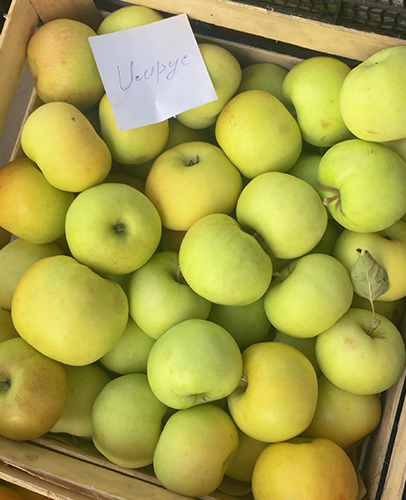
Inflorescences of corymbose type, saucer-shaped, each has 4 - 6 flowers. The flowers themselves are quite small and flat in shape. The petals are pinkish, rounded, slightly closed. Pink-white buds. Pedicels are short. The stigma is at the same level with the anthers, the accrete columns of the pistils are not pubescent.
The fruits of the Imrus apple tree are more often found of medium size, but they can be larger (the average weight of an apple can be from 135 to 180 grams). The shape of apples is largely flattened and can be called flattened-rounded-conical (or repetitive). Ribbing is very weak. The skin is rather thin, smooth, with a glossy sheen, slightly oily, without wax bloom and rustiness. By the period of removable maturity, the main color of the fruit is greenish, by the period of consumer maturity it is light yellow. During the harvesting period, the cover color is expressed on ½ part of the apple surface in the form of a blurred brownish-red blush interspersed with small strokes and stripes, by the time of consumption it acquires a crimson hue. There are many subcutaneous points, they are small and well visible. The stalks are of medium length and thickness, slightly curved, and crooked. The funnel is of medium depth, sharp-conical with a well-visible rustiness.Closed cup. The saucer is medium in depth, wide enough, grooved. The sub-cup tube is short, of medium width, and cauliflower-shaped. The heart is large, onion-shaped. Seed chambers are closed, small. Seeds of brown color are medium in size, conical in shape.
Apples have a delicate sweet and sour taste and a pleasant aroma. The pulp is creamy, dense, fine-grained structure. On a 5-point tasting scale, the taste of the fruit is 4.3 - 4.4 points, the assessment of the appearance is 4.3 points. According to the chemical composition, the fruits of the Imrus apple tree contain: sugars (10.1%), ascorbic acid (10.0 mg / 100 g), pectin substances (15.2%), titratable acids (0.65%), P-active substances (460 mg / 100 g). The fruits are great for fresh consumption, as well as for making mashed potatoes, compotes, juices.

The period of removable ripeness of apples falls on the second half of September, the consumption period lasts from November to the end of February. Fruit transportability is good.
The variety is fairly fast-growing. For the first time, a self-rooted seedling began to bear fruit in a selection garden in 1985, that is, at the 8th year of life. Earlier, in 1982, the seedling entered the primary study and reproduction on an intercalary rootstock 3-3-72, as a promising variety according to the group of morphological characters. Fruiting began in the 3rd year after planting the seedling in the garden, in the 4th year the harvest from the apple tree was 90 c / ha, in the 5th year - 167 c / ha. The highest yield for this variety was recorded in the 8th year of life of one-year-olds, in 1991 - at the level of 226 centners / ha. For comparison: the yield of Antonovka vulgaris did not exceed 90 c / ha. A tree aged 4 to 6 years can bear from 3 to 22 kg of fruit.
The level of winter hardiness of the Imrus apple tree in the conditions of the Oryol region is quite high. Absolute scab resistance (from 1 to 5 races), powdery mildew resistance is very high.
The main advantages of the variety are:
- complete immunity to leaf and fruit scab:
- high rates of early maturity and productivity:
- the possibility of long-term storage of fruits;
- excellent consumer and commercial qualities of apples.
The main disadvantage is the rather thin skin on the fruit.

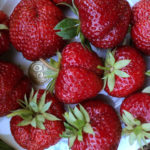

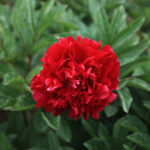
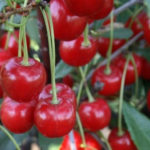
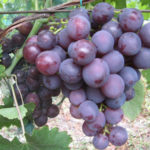



Hello! Can you please tell me how an apple tree feels on a semi-dwarf rootstock?
And what is a thin skin fraught with?
Thin skin to a certain extent shortens the shelf life of the fruit, they must be very carefully collected (for storage) in order to avoid damage to it. Regarding the rootstock - for me, a dwarf (near groundwater) is preferable, the tree will be low on such a rootstock, which makes it easier to care for it, and will quickly begin to bear fruit.